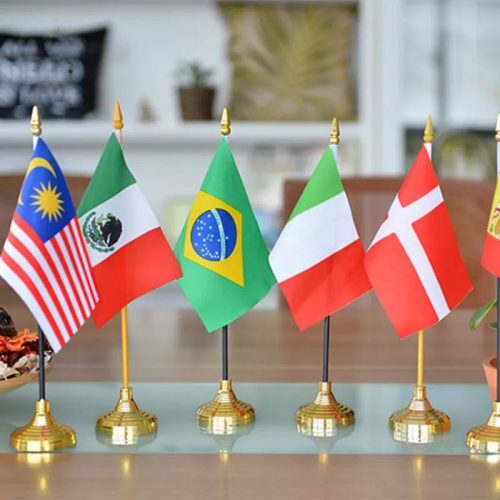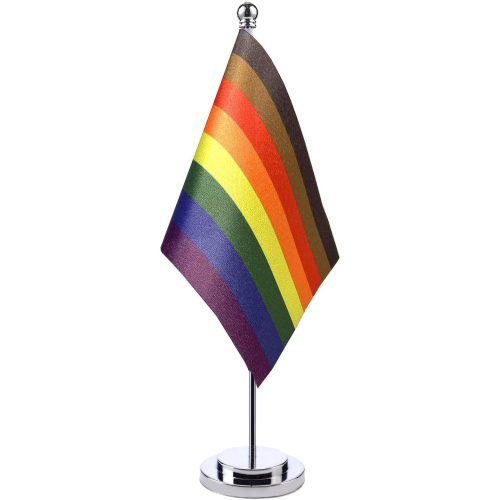Flags are powerful symbols that can shape our perception of different countries. Here are a few ways that flags can influence our perceptions:
- National identity: Flags are often used as symbols of a country’s national identity, and as such, they can shape our perceptions of what that country represents. For example, the American flag is often associated with values such as freedom, democracy, and opportunity.
- Culture and history: The symbols and colors on a country’s flag can reflect its cultural and historical traditions, which can shape our perception of that country. For example, the Japanese flag features a red circle on a white background, which is a symbol of the country’s ancient imperial family and its cultural heritage.
- International relations: Flags can also shape our perceptions of a country’s relationship with other countries. For example, the presence of certain symbols on a country’s flag, such as military or religious symbols, can influence our perceptions of that country’s relationship with other countries.
- Political views: Flags can also be used as symbols of political views, and as such, can shape our perception of a country’s political system. For example, the flags of communist countries often feature symbols such as hammers and sickles, which reflect their political ideology.
In summary, flags can shape our perception of different countries by serving as symbols of national identity, culture and history, international relations, and political views. Understanding the meaning and significance of a country’s flag can provide valuable insights into its people, culture, and history.


